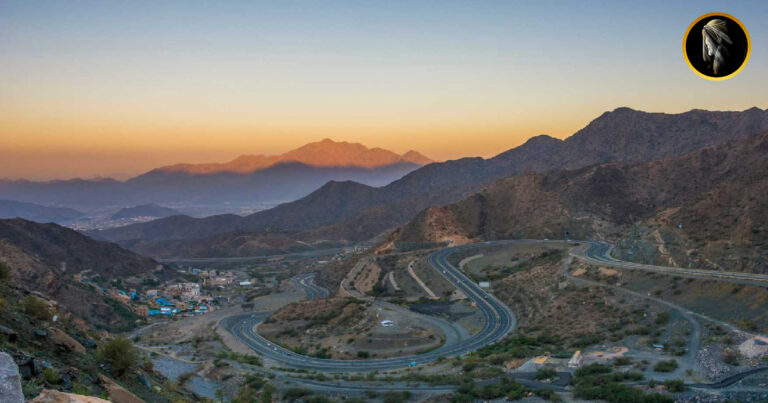Estonia has achieved the distinction of being ranked as the fifth most sustainable destination globally, according to Euromonitor International’s latest Sustainable Travel Index for 2023. This recognition is attributed to Estonia’s strong commitment to sustainability and nature conservation, making it a certified Green Destination.
Here are some of the key reasons why Estonia has earned this high sustainability ranking:
- Natural Beauty and Clean Air: Estonia boasts abundant forests covering over half of the country and some of the purest air on the planet. This commitment to preserving nature is deeply ingrained in Estonian culture.
- Tallinn, European Green Capital 2023: Tallinn, Estonia’s capital, has been designated as the European Green Capital for 2023. The city offers a blend of historical charm with a UNESCO medieval old town and modern urban developments. It’s easily explored on foot, by e-scooter, or through eco-friendly tram and bus networks. Many eco-conscious accommodations, including the Hektor Container Hotel and Green Key-certified properties like Nordic Hotels and Oru, are available. Additionally, the city’s restaurants prioritize sustainability by using local ingredients and seasonal menus. The Michelin Green star-awarded Fotografiska is a notable example, known for its zero-waste approach.
- Sustainable Shopping: Estonia offers a range of sustainably-focused shopping options, including fashion brands like Reet Aus and Stella Soomlais, local markets like the Katariina Guild and the Master’s Courtyard, and the Baltic Station Market with local produce and vintage shops. The Central Market also features food and handicrafts.
- Rummu Quarry: Just an hour’s drive from Tallinn lies the crystal-clear blue lagoon of the submerged limestone Rummu Quarry. The former prison, now underwater, has been transformed into a nature reserve with various water sports and hiking opportunities, providing breathtaking panoramic views.
- Green Pärnu: This coastal town is a perfect destination for eco-conscious travelers. Pärnu offers a pristine white sandy beach, a scenic promenade, and a coastal meadow nature reserve. It’s recognized as one of the top 100 sustainable destinations globally. With lush forest groves covering one-fifth of the town, Pärnu’s natural diversity is unparalleled.
- Sustainable Saaremaa: Saaremaa Island, part of the UNESCO “Man and the Biosphere” program, is home to the Vilsandi National Park, numerous protected nature reserves, and nature trails. The island’s rich biodiversity attracts flower enthusiasts in spring and birdwatchers in autumn and spring. Restaurants prioritize local ingredients, including freshly caught fish.
- Circular Economy: Saaremaa emphasizes the circular economy, with innovative practices such as using reed as an alternative to plastic in local products. The Lahhentagge Distillery repurposes city Christmas trees into tonics.
- Tartu, European Capital of Culture 2024: Tartu, Estonia’s cultural and learning hub, will be the European Capital of Culture in 2024. The theme, “Arts of Survival,” focuses on environmentally friendly culture, strong communities, and essential life skills. The city promotes biodiversity through projects like Curated Biodiversity, aimed at preserving and restoring biodiversity in parks and green spaces.
Tartu is a compact city ideal for walking and cycling, offering Smart Bike Share with over 750 bicycles and eco-friendly bio-gas buses for exploration. The city’s architecture reflects EU Smart City initiatives, converting 1960s apartments into energy-efficient, visually appealing buildings, enhancing urban spaces.
Estonia’s commitment to sustainability, coupled with its natural beauty and cultural richness, makes it a standout sustainable destination on the global stage.








